Vermont Rope Tow Hall of Fame
The oldest lift, the fastest lift, the lift that’s served the most Olympians — Vermont’s small ski areas can lay claim to all these firsts.
First Ski Lift in the U.S.
The first uphill ski lift in the U.S. was put up in 1934 on Gilbert’s Hill in Woodstock. The story goes that three New Yorkers who were staying at The White Cupboard Inn in Woodstock were complaining about having to walk uphill to ski down. According to The New England Historical Society, “Wallace “Bunny” Bertram, the Dartmouth ski team’s first coach, had been telling the New Yorkers about a tow rope he’d seen in Canada. He was in the room when they complained. Bertram asked the inn’s owners, the Royces if they had a Montgomery Ward or Sears catalog, explaining he wanted to figure out how much it would cost to build a rope tow. In the meantime, Inn owners Elizabeth and Robert Royce got the New Yorkers to put down some seed money, bought some pulleys, an 1,800-foot rope, and Model T Ford engine to power it on Gilbert’s Hill. They charged $1 a day, or 50 cents for night skiing. But the tow broke down frequently. A year later, Bunny Bertram leased Gilbert’s Hill before Royce could renew his lease. Bertram figured out the mechanical problems and launched Suicide 6, the first ski area in the U.S. That old rope tow no longer exists but Saskadena 6 (as it has been renamed) is going strong.
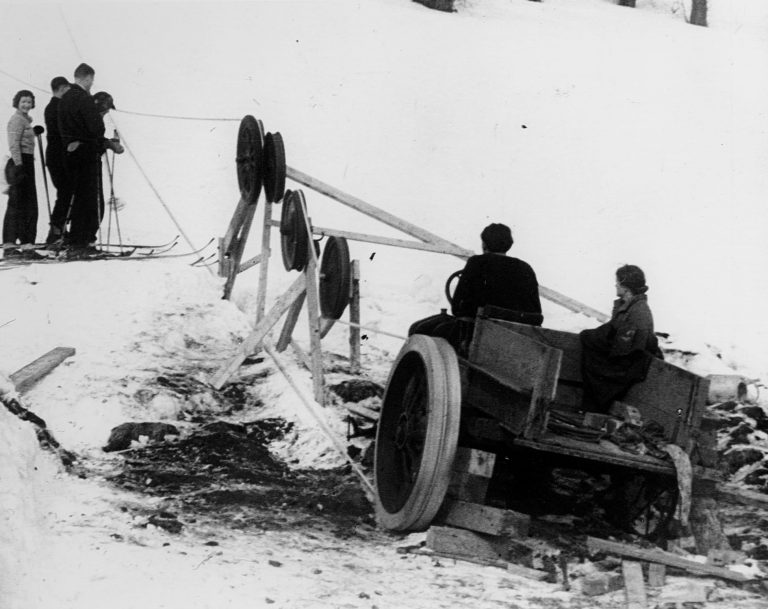
Oldest (and Fastest) Continuously Running Tow
In 1936, a skier named George Eaton spied a snowy field along Route 25 in East Corinth and based on a handshake agreement with the farmer who owned it, secured the land, put up a rope tow and opened Northeast Slopes. That tow, now housed in a red barn that was salvaged from the set of the 1980s cult film Beetlejuice and powered by a 1973 Dodge Dart still runs today. ““Yankee ingenuity, that’s how we keep going,” says Wade Pierson, who is following in his father’s footsteps in managing the ski hill. At the top, the summit shack is an outhouse that did summer duty at the local ballfield. The ski area, now 35 acres, has made upgrades and added a second rope tow, a T-bar and night skiing. Lift tickets are $15 and leather work gloves (essential for grasping the rope as it whizzes by at speeds up to 27 mph) are sold at the base for $8.
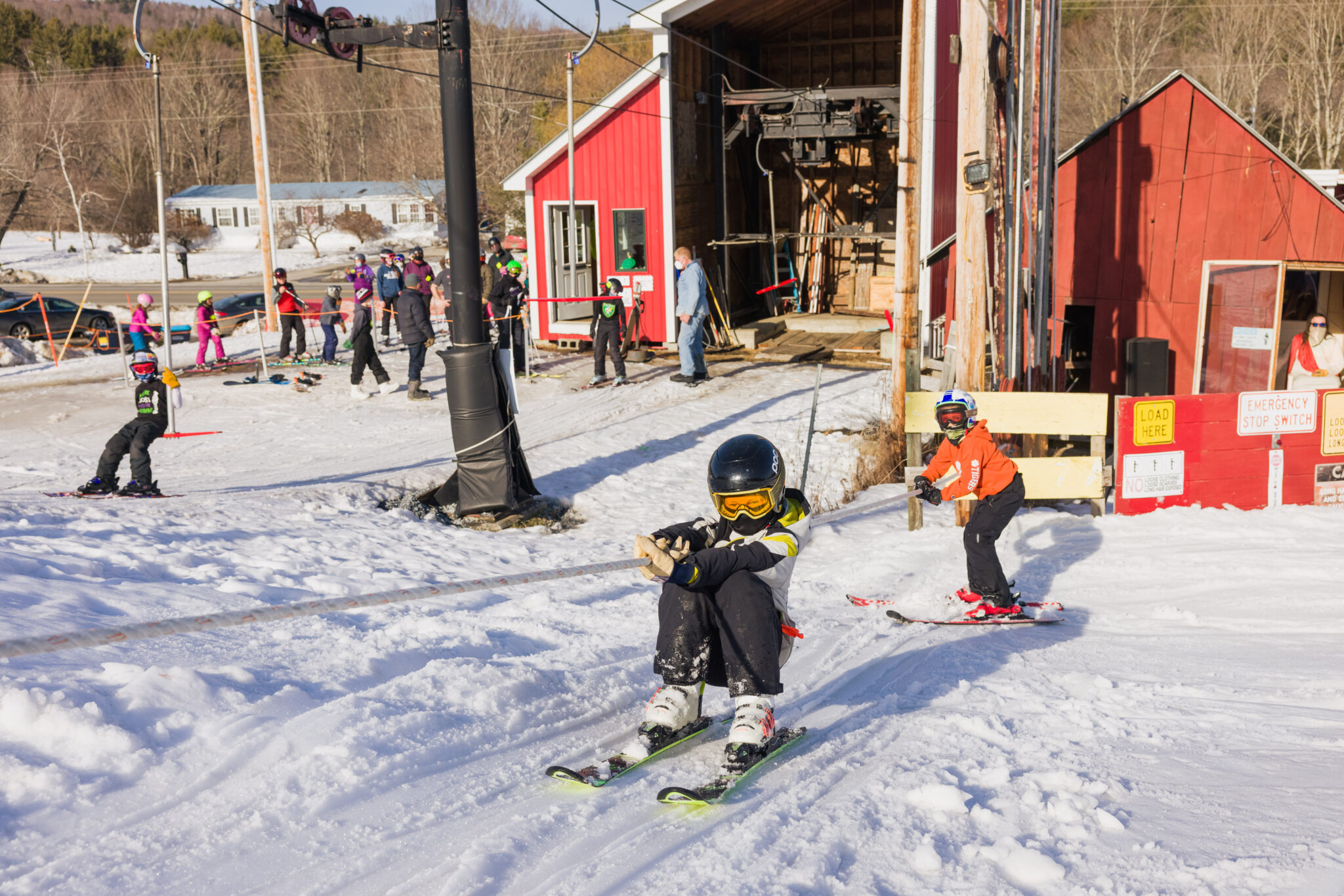
The Tow that Trains Olympians
When Ginny and Mickey Cochran put up a rope tow behind their farmhouse in Richmond in 1961 so their kids could learn to ski, they could not have foretold what would happen. Since then, generations of Cochrans – children, grandchildren, cousins and more – have learned to ski off there with more than a dozen going on to compete at the World Cup or Olympic level, including Ryan Cochran Siegle, who won silver in Beijing, 50 years after his mother, Barbara Ann, won an Olympic gold. “Riding surface lifts lets skiers spend more time with their skis on the snow and helps you get a feel for it,” says Jesse Hunt, the Vermonter who served as head coach for the U.S. Alpine Team for many years. Today, Cochran’s is a non-profit and their annual Rope-A-Thon helps generate funds so the ski area can offer lessons and access to children, regardless of their ability to pay. The 2022 Rope-A-Thon goal was 4 million vertical feet and 8,000 runs. They fell a little short but with 5,000 runs, 80 participants and 2,000 donors the tiny ski area raised $147,212.
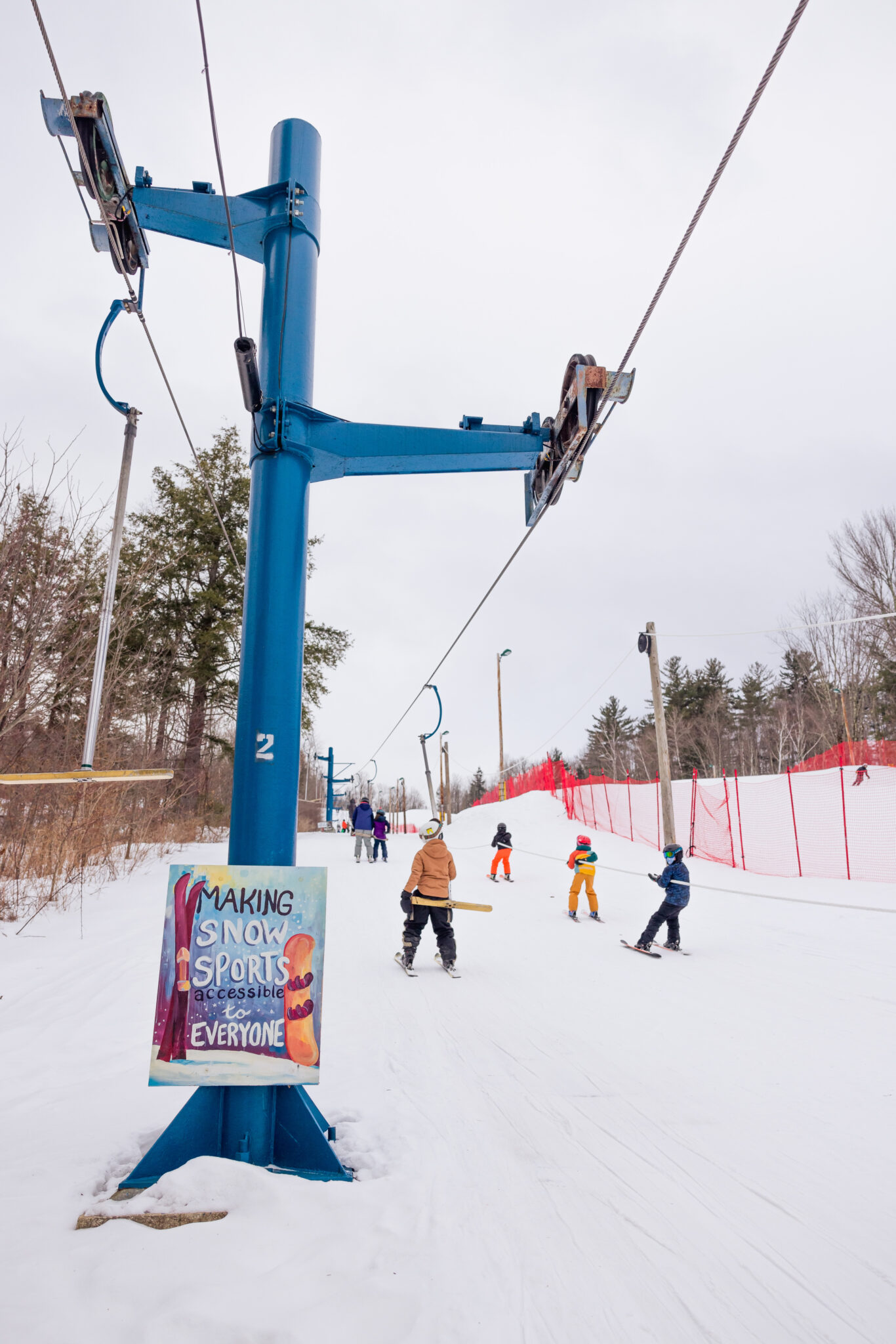

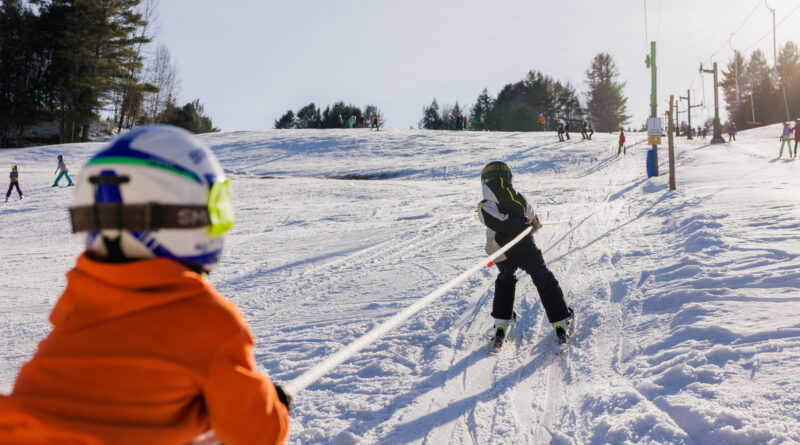
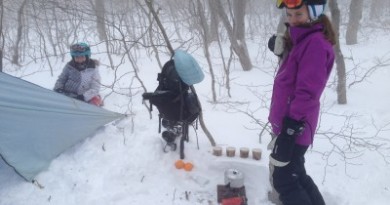
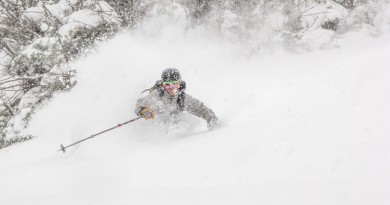
Pingback: The Backyard Rope Tow Revival – VT SKI + RIDE